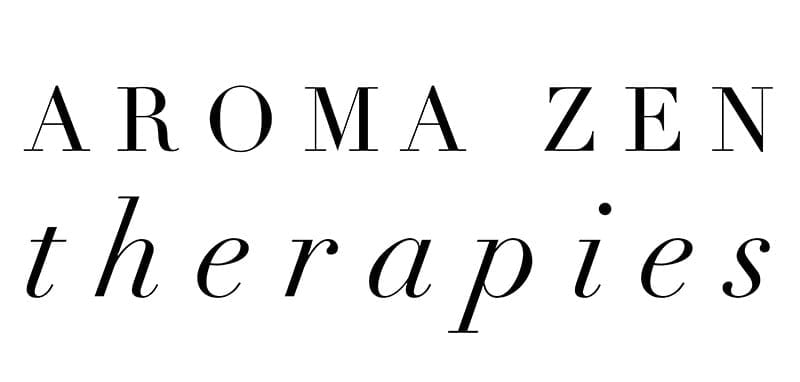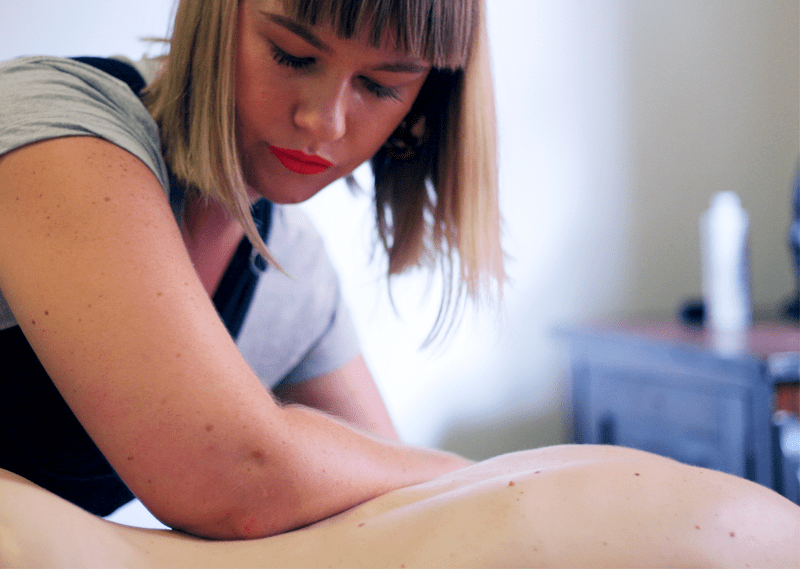Remedial and relaxation massage are two different types of therapeutic techniques, each with distinct purposes and benefits.
Here’s a breakdown of the differences:
-
Purpose:
- Remedial Massage: The primary goal is to address specific physical problems or injuries, such as muscle pain, stiffness, or tension. It is therapeutic and often used to treat musculoskeletal issues, chronic pain, or post-injury recovery. It focuses on correcting problems with muscles, tendons, and ligaments.
- Relaxation Massage: This type of massage is aimed at promoting relaxation and reducing stress. It’s less focused on addressing specific injuries or pain and is generally more about providing a soothing experience to ease tension, promote mental calm, and enhance overall well-being.
-
Techniques:
- Remedial Massage: It uses a variety of techniques like deep tissue massage, trigger point therapy, myofascial release, and stretching to target specific muscles or areas of pain. The pressure applied can vary from moderate to deep, and the therapist may work on particular muscles or muscle groups that need attention.
- Relaxation Massage: This involves lighter, smoother strokes, such as Swedish massage techniques. It focuses on providing a gentle, soothing experience, with less emphasis on working through deep muscle issues or injuries. The pressure is typically lighter, and the strokes are slower and rhythmic to help the body relax.
-
Intensity and Focus:
- Remedial Massage: The intensity can be higher because it’s focused on releasing tight muscles, breaking down scar tissue, and addressing muscle imbalances. It may sometimes be uncomfortable, especially when working on tense or injured areas.
- Relaxation Massage: The intensity is generally lower, and the focus is on creating a calming and soothing experience rather than addressing specific muscle issues. The aim is to ease overall body tension, promoting relaxation and stress relief.
-
Duration and Frequency:
- Remedial Massage: Sessions may be longer, especially if you are dealing with a specific injury or condition. You may also require more frequent visits to fully address the issue over time.
- Relaxation Massage: Sessions are typically shorter, and while frequent visits can improve relaxation, they aren’t usually required on a regular basis for physical issues.
-
After effects:
- Remedial Massage: After a remedial massage, you might feel sore or have temporary discomfort due to the deeper work on your muscles. However, this usually fades, and you may experience long-term relief from pain or stiffness.
- Relaxation Massage: After a relaxation massage, you generally feel calm, peaceful, and relaxed with little to no soreness.
In summary:
- Remedial massage is therapeutic and focused on addressing specific physical ailments, such as muscle pain or injury recovery, often using deeper techniques.
- Relaxation massage is aimed at reducing stress and promoting overall relaxation, with a focus on lighter pressure and soothing strokes.
Both types of massage offer unique benefits depending on what you’re looking to achieve—whether it’s pain relief or stress reduction!

